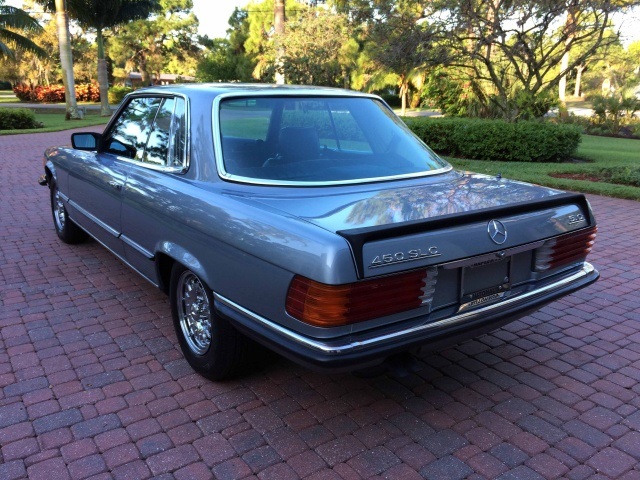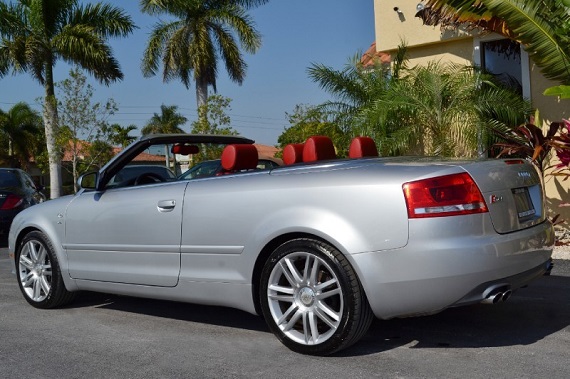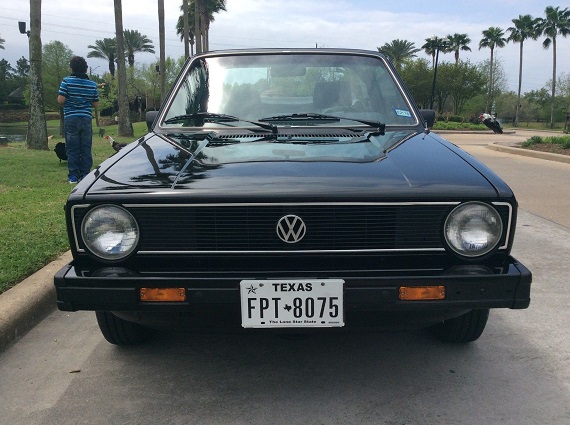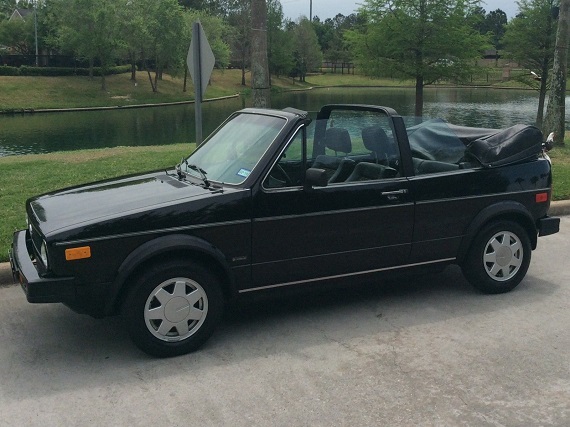Is there such a thing as a “normal” Brabus? Perhaps not, but when Mercedes-Benz launched their Smart city car, I laughed out loud when I first saw the model with Brabus embossed wheels. The thing was, it was sort of cool, in that odd, semi-uncomfortable way. I was in Europe when these cars were first launched, and the site was stunning – a bit like rolling phone booths, they scampered about the streets of Stuttgart and seemed to genuinely be different than anything else available. But since the Brabus-kitted models launched, I’ve wanted to write one up as a bit of a joke, so when an extreme modified one popped up it seemed like the perfect opportunity. On the other end of the spectrum, the GL series is the largest Benz available, and of course in order to satisfy the Kardashians and other non-nonsensical families floating around imaginary-land they’ve made a Brabus edition. What better comparison than the smallest and largest Brabus you can buy?
Author: Carter
I really like the concept of the Cayman. Mid-engined, manual gearbox, rear drive and a lighter chassis are a return to the roots of Porsche – the Auto Union Grand Prix cars first designed by Ferdinand Porsche in the 1930s. Dynamically, it’s hard to fault the Cayman, too – on track, they’re simply magnificent, dispatching corners and straightaways with ease, rippling pavement in braking zones. I was lucky enough to spend some time on track in a then-new ’09 fully loaded S; it immediately put you at ease, the capabilities of the chassis left plenty in reserve even when you entered corners at seemingly inappropriate or inadvisable speeds. Fit and finish-wise, they’re a Porsche through and through; beautiful paint, striking wheels, and luxurious interiors. The soundtrack is pretty great, too. One area that I’m not convinced? The looks; some look great, while others look slightly out of proportion to me. One great upgrade that you can do that really makes the Cayman look more purposeful, though, it to equip the front end with big-brother 911 GT3 items. The result is much more aggressive, and paired with some racing graphics, a huge rear spoiler and the right bits inside, you’ve got yourself a budget Cup car:
CLICK FOR DETAILS: 2007 Porsche Cayman on eBay
Comments closedWhen I think of homologation specials, there are all sorts of models that instantly pop into my head. Of course, being an Audi fan, the Sport Quattro is a great example, but plenty more images pass through my mind, too. Of course, Group C spawned a whole series of special cars, from the RS200 and Lancia 037 to the Porsche 959. There’s the special 924 Carrera GTS, for example – a car few remember outside of Porsche circles, and one that’s often forgotten even by them. Then there’s the great period of DTM specials – the “Evolutions” of the M3, 190E and V8 quattro that proved Darwin was right. Of course, you can go back even further and look at one of the most special cars ever created – the original Ferrari GTO – to see a very special homologation of a race car. But outside of the big headlines, there are plenty of small production run cars that were created to jump through loopholes, and returning to my original Group B example, we can see one neat car that was created in order to run in World Rally. It’s not a car you’d expect though – it’s the quite heavy and long Mercedes-Benz C107. Mercedes took steps to make it rally worthy, including lightweight aluminum panels in front and back, and of course upped the power with a new all aluminum 5.0 V8:
CLICK FOR DETAILS: 1980 Mercedes-Benz 450SLC 5.0 on eBay
2 CommentsAudi’s flirtation with chopped top mid-range sedans has always been an interesting one. Starting with the B4 series, Audi combined the front-drive 90 platform with parts of the Coupe platform to create the handsome and understated Cabriolet model. While not much of a performance machine, it was a good looking and reasonably sensible choice for a luxury 4-seat German convertible. It was not particularly sporty though; while Europe saw a range of engines, the U.S. received only front drive 4-speed automatic V6 models. The B4 model long outlived the rest of its siblings, soldiering on until 1998 when it was seemingly replaced by the TT model. The Roadster model wouldn’t be available until 2001, but the promise of an all-new convertible that was much sportier seemed logical. However, Audi returned to the 4-seat drop top market in 2003 with the A4 based Cabriolet model. Based initially on the B6 platform, it then seemed natural that Audi would finally offer a performance variant to compete against the popular M3 convertible; however, unlike the B3/B4 platform which had a Coupe model, there was no A4 based Coupe. To solve this problem, Audi’s skunkworks quattro GmbH undertook modifying the platform to create the 2006 S4 cabriolet.
Now, on the surface, this was a bit strange. Beyond the question of why you need a really fast convertible, you now had the question of why you needed an all-wheel drive convertible. But the Audi offered great looks, a stunning soundtrack and some trick interiors and flashy exterior colors to really help set the S4 apart. But many of the S4s were coupled with automatic transmissions; coupled with the chain problems the V8 heart is now known for, if you want a B7 cabriolet is it now smarter to consider the less flashy models?
CLICK FOR DETAILS: 2007 Audi S4 Cabriolet on eBay
3 CommentsBy the late 1980s, Volkswagen’s lineup seemed decidedly dated. While the entire lineup of German motors wasn’t particularly innovative or new (I’m looking at you, R107 and 911), for some reason the Volkswagen lineup seemed more ancient. Outside of the Golf and Jetta which were launched in 1985, you had the Quantum – a chassis shared with the B2 Audi, but it lived longer as a Volkswagen. Square and tall, it looked like a mildly updated 1970s car mostly because it effectively was. Then you had the Scirocco; fun, angular and sporty, it too was a mildly updated Scirocco 1 from the 1970s and might have been the last use of sealed-beam headlights in the U.S. market. Of course, there was the Vanagon; the T3 would amazingly carry over into the 1990s (barely) from its 1979 launch – but it always felt straight from the 1970s, even when presented with updated bodywork, wheels and interiors. And then there was the true Jurassic-era product in the Volkswagen lineup – the Cabriolet. While Volkswagen didn’t chop the top off the first generation Golf until 1980, it was already a reasonably old car by that point, having been launched in 1974. Yet the last of the Cabriolets would roll off the assembly line astonishingly in 1993, having outlived the A1’s successor, the second generation Golf. Such was the enduring appeal of the Cabriolet, however, that it was a bit long in the tooth didn’t matter. Nor did poor build quality, relative unreliability, buzzy engines, short gearing, oppressive wind noise and poor performance. It was, after all, a convertible – and that meant people anted up amazing amounts of money to get their hands on what was the cheapest German convertible one could buy. It wasn’t an expensive Rabbit – it was a cheap 911 cabriolet. Sort of.









